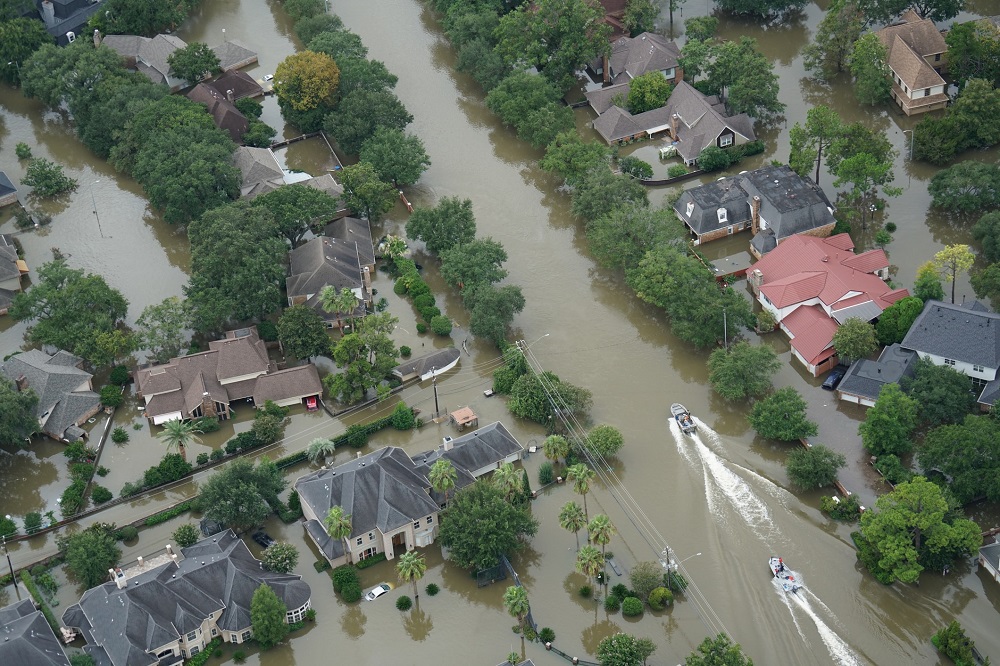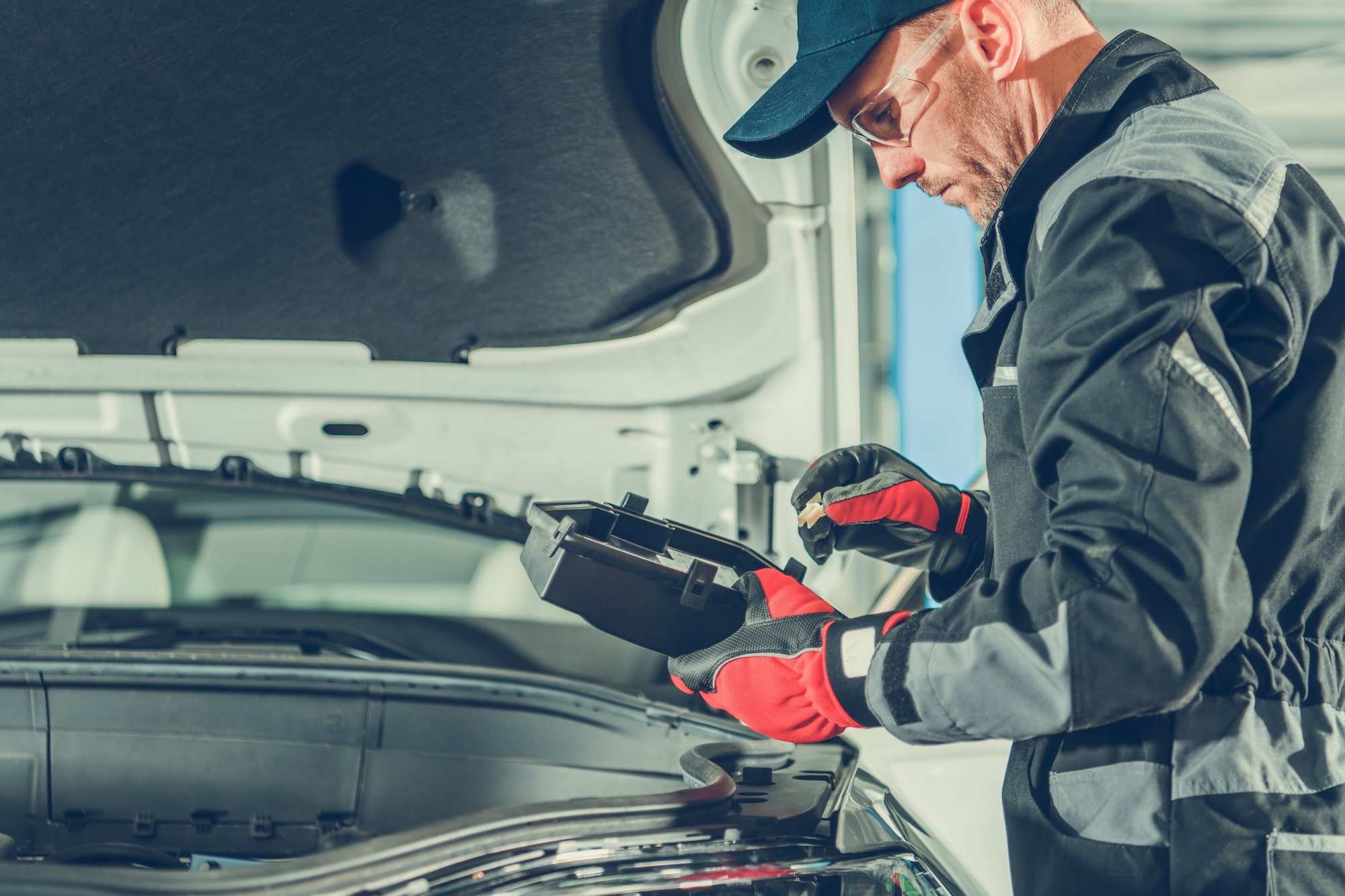This past hurricane season has been difficult for many people on the Gulf Coast. Hurricane Harvey alone has broken rainfall records in the continental United States with over 50 inches of rain, more than the city of Houston gets in an entire year. Flooding of entire neighborhoods was a common sight in coastal cities of Texas and Florida. Fortunately for those who find themselves in dire straits, there are several ways to climb out of this mess and begin to rebuild. This comes in the form of insurance, federal assistance, and the kindness of strangers helping each other in a time of need.
A Different Landscape
According to Texas Governor Greg Abbott, Hurricane Harvey was estimated to have done “up to $180 billion” in damage, surpassing Hurricane Katrina as the single most costly hurricane in modern US history. Bridges, homes, and automobiles suffered severe damage due to flooding or flying debris from high wind gusts. Chief Economist of Cox Automotive, Jonathan Smoke, estimated that between 300,000 to 500,000 vehicles were destroyed by Harvey, while auto data analysis company, Black Book, approximated up to 1 million were damaged.
To make matters worse, plenty of streets were blocked off due to debris or toppled trees. Not having the time to wait for city officials to come and clear out the trees, neighbors helped each other by cutting large trees with chainsaws and clearing out debris. Despite the rough circumstances, people are ready to get back to work as soon as possible.
 Financial Aid for Your Car
Financial Aid for Your Car
As a website focused on the automotive industry, we will provide recommendations on what you can do to fix car issues caused by the most recent hurricanes.
The most common problem that your car might encounter is water damage due to flooding. If left unattended, water can cause damage to the exterior in the form of rust and to the interior in the form of mold. That is not even considering the possibility of water in the electrical components or engine which can cause extensive internal damage and put the car completely out of commission. These can cost anywhere from a few hundred to a few thousand dollars to repair. Thankfully, there are ways that drivers can find assistance when they find themselves in these unfortunate circumstances.
The first line of defense is vehicle insurance. Due to how common floods are even when there aren’t severe weather conditions, insurance companies will often cover damage caused by a flood so make sure to first check with them to see if they can help you with repair costs. The second option is to turn to the Federal Emergency Management Agency (FEMA). In emergency situations such as hurricanes, FEMA offers assistance to victims of natural disasters. Last year, FEMA published a news release stating that people whose vehicles have been damaged by the hurricanes might be eligible for financial coverage whether or not their insurance covers flood damage. FEMA confirmed that similar assistance would be available to victims of this hurricane season. To apply for assistance, visit DisasterAssistance.gov and follow the instructions detailed on the page.
Donate to Those In Need:
Many people in the Gulf Coast and in the Caribbean were hit hard by Hurricane Harvey, Irma, and Maria. Charities are not only in need of money, supplies, and volunteers. Every bit of charity can make a difference in those recovering from this disastrous hurricane season. If you would like to help we recommend any of the below charitable organizations:


